Hardwood Flooring In Houston, TX
Shans Carpet & Fine Flooring
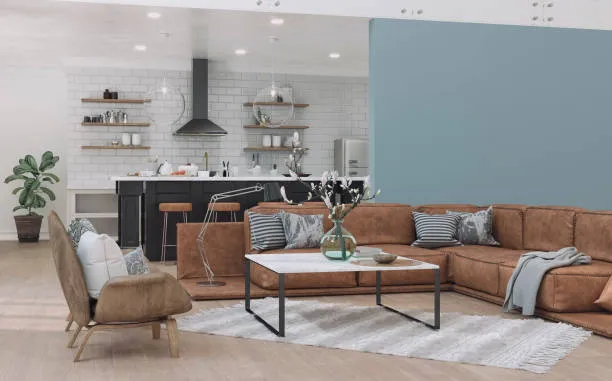
For centuries, hardwood flooring has been one of the most popular options for home flooring. It’s a versatile solution with tons of style variation – every individual plank of hardwood flooring is a unique piece of nature, and they change over time with age and wear.
This gives every room designed with hardwood floors its own character and charm that will last for decades with the proper care.
Hardwood flooring styles are as varied as the wood species from which they’re made. Each species has its own unique natural characteristics, such as variations in knotholes, wood grains and mineral streaks. Some species are lighter, and others darker.
A few common species include:
| Light Woods | Dark Woods |
| Maple | Cherry |
| Oak | Walnut |
| Bamboo | Mahogany |
| Pine | Hickory |
Light Woods Dark Woods Maple Cherry Oak Walnut Bamboo Mahogany Pine Hickory Hardwood species grown in the US are referred to as domestic hardwoods – any other species is an exotic hardwood. At Shans Carpets & Fine Flooring, many of our customers take pride in support local businesses – or, at the very least, businesses on American soil. Domestic flooring is often manufactured from high quality hardwoods. You’ll find domestic floors available in maple, oak, American cherry (not to be confused with Brazilian cherry), American walnut (as opposed to Brazilian walnut), pine and hickory. Some of the best exotic species commonly available include mahogany, bamboo, Brazilian cherry and Brazilian walnut. Note that neither of these lists is all-inclusive – there are many more options from which to choose!
Hardwood
Q&A
HARDWOOD GRADING: HARDWOOD VS SOFTWOOD
Another variation by species is the wood’s natural hardness. Listed below are some key differences between what are called hardwoods, and what are referred to as softwoods:
Hardwoods
- More durable in the face of heavy foot traffic
- Longer lifespan
- Often come prefinished and feature darker tones
- Higher cost
- Examples: maple, oak, walnut
Softwoods
- Soft & flexible
- More prone to dings and scratches over time
- Often lighter tones
- Lower cost
- Examples: pine, spruce
SOLID HARDWOOD VS ENGINEERED HARDWOOD
What’s the difference? Solid hardwood is the traditional version of hardwood flooring, with planks each made from a single, solid piece of real wood. Engineered hardwood is a layered wood product, consisting of a thin slice of hardwood layered on top of another piece of high-quality wood composite, such as plywood. Engineered wood is less durable, but much more versatile – it can be installed on any grade, even in basements.
The durability of your hardwood (and therefore, its longevity) is determined largely by the thickness of each plank, in addition to other factors such as the wear layer and finish.
Standard hardwood planks come in a few different thicknesses. A ½-inch or 3/8-inch thickness is common for engineered hardwood planks, for instance. Solid hardwood floors, on the other hand, are much thicker – often ¾-inch with an added wear layer. This extra thickness allows for repeated refinishing, one of the chief benefits of solid hardwood over engineered. Engineered wood can still be sanded down, but only once or twice during its lifetime.
DISTRESSED HARDWOOD STYLE
If you’re looking for an especially unique-looking floor, you may want to try a distressed wood look. Manufacturers put their floors through certain processes to give them the look of antique or reclaimed wood, a much sought-after style that isn’t always easy (or affordable) to obtain.
Distressed hardwood styles solve both of those problems by making the antique look more accessible and adding another level of customization – you can choose exactly the color, species and look you want, right out of the box.
Hand-scraped and wire-brushed are both examples of distressed styles that fit in with rustic, country-inspired homes. Ask the experts here at Shans Carpets & Fine Flooring for more info about the differences between each!
UNDERLAYMENT: IS IT NEEDED FOR HARDWOOD FLOORS?
Underlayment is invisible once a floor has been installed, but it plays a critical role in your floor’s health and performance. While not technically necessary, at Shans Carpets & Fine Flooring, we always recommend it for hardwood floors. A few of the many reasons include:
- Evens out imperfections in your subfloor
- Adds cushion and reduces noise when walking
- Keeps hardwood warm and insulated
- Adds moisture resistance (key for porous materials like natural wood)
Still have questions about hardwood flooring? Reach out to us online or visit our experts at the Shans Carpets & Fine Flooring showroom! We’re happy to help with all of your flooring questions and needs.
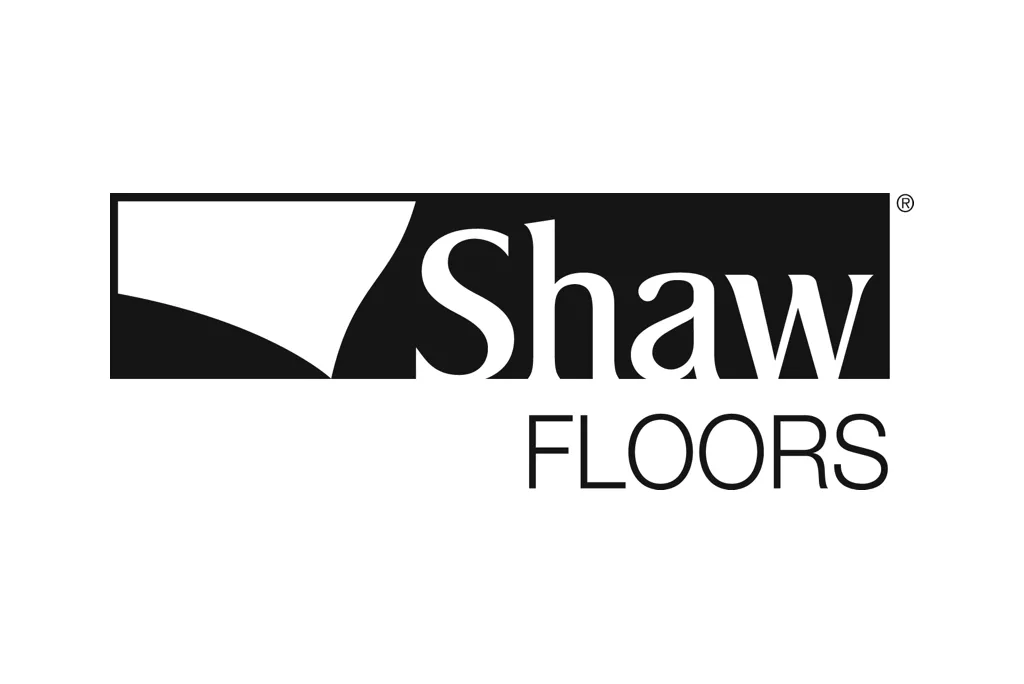


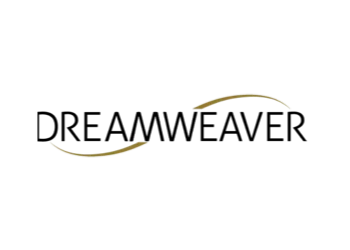
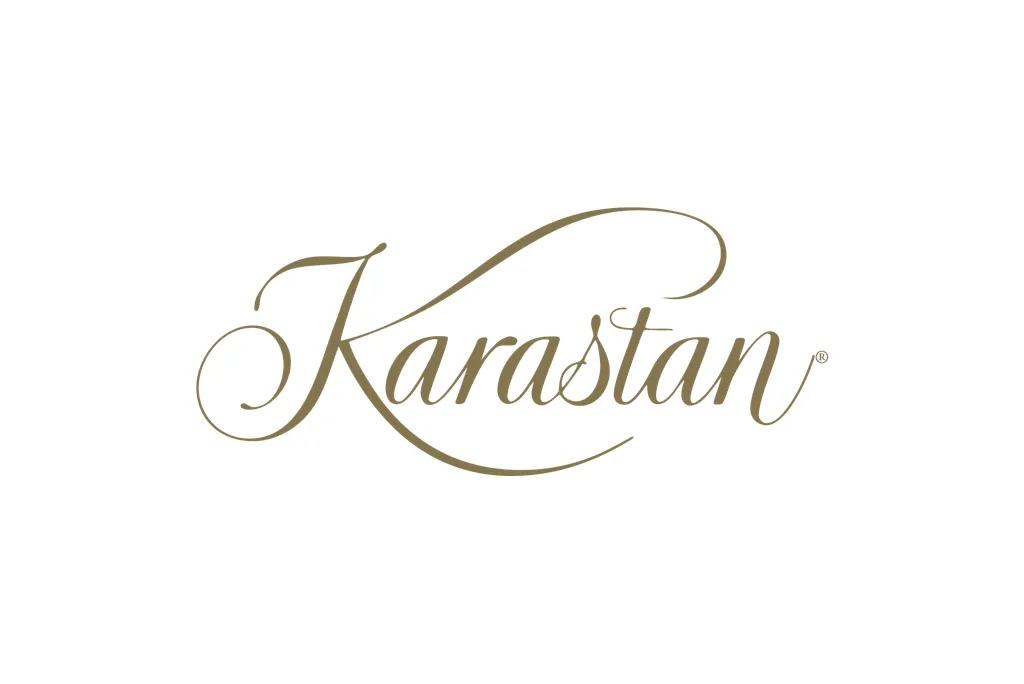
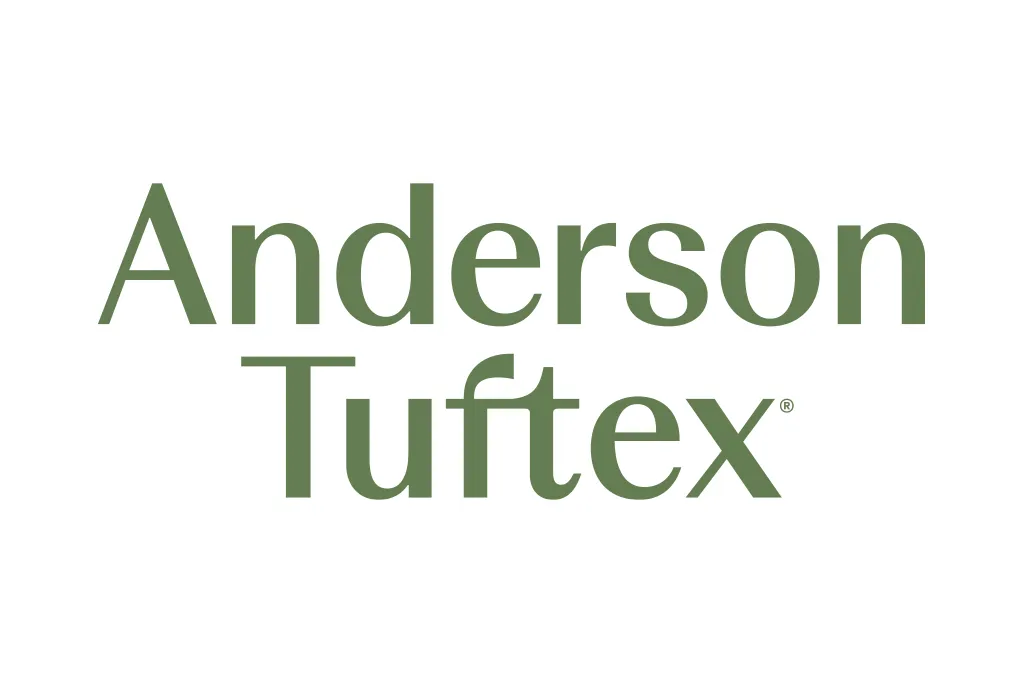
Check out our hardwood gallery!





